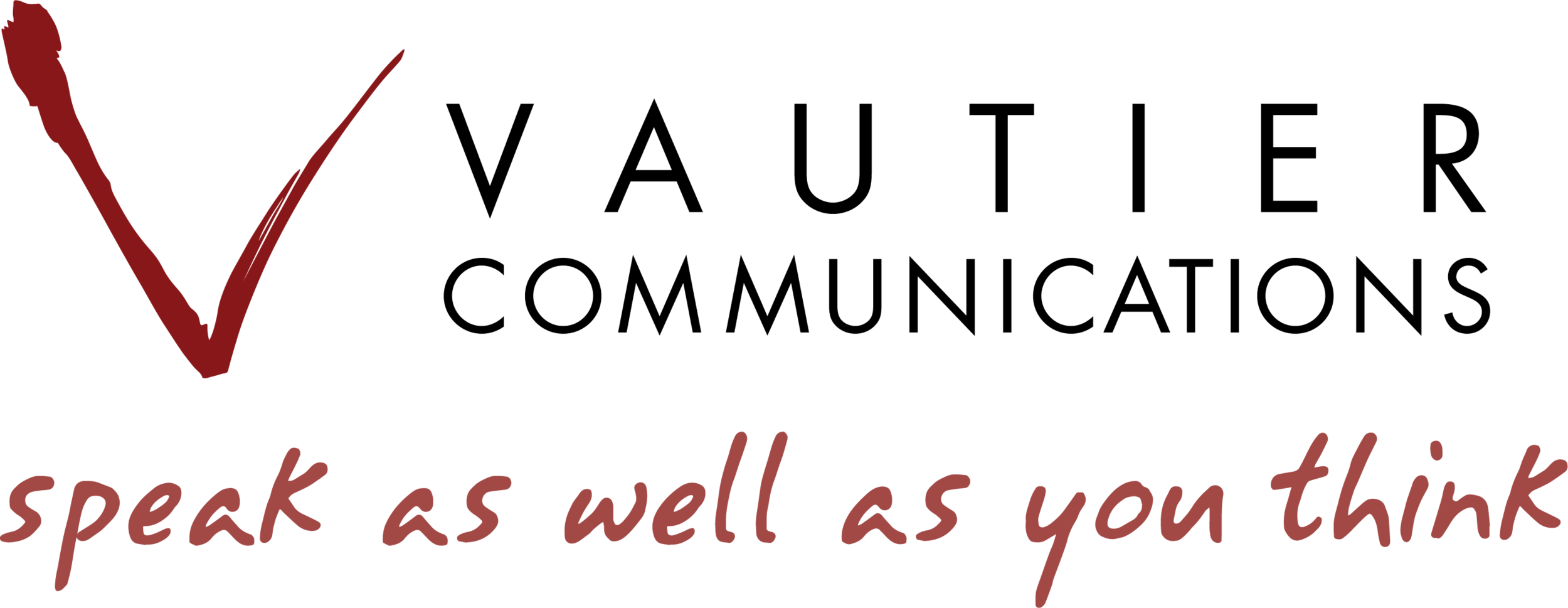More vs. Better
More Isn’t Always Better – The Art of Brevity
Humans tend to abide by the “more is better” paradox. In an age of constant connectivity and information overload, too much can work against us, and more importantly, our audience. More is defined as a greater quantity, number, or amount. The modern world can overemphasize more communication equaling better communication. Still, there are instances where the poison of too much can cripple our audience's ability to understand or act, thus becoming counterproductive.
1. Quality vs. Quantity
We’ve all heard quality over quantity. Value over volume. The choice of high standards matters more than the amount or number of things. Somewhere along the way, people began believing more communication inherently led to better outcomes. Instead, it simply led to more communication for the sake of… more.
When was the last time you sat through a meeting, listened to a presentation, or finished reading an email and thought to yourself, “I wish that was longer?” You know how busy your schedule is, and how precious your time is, so you should know the same is true for your audience.
Whether you’re beginning your communication journey or advancing in it, understand the importance of brevity and clarity. The quality of your message is more significant and will have a larger impact over the length of time it takes to get your message across. Quality communication will get your point across, enhance your listeners or readers' experience, and have a positive outcome compared to the alternative.
2. Information Overload
Information overload exists when the volume of information you share exceeds your audience's processing capacity. Have you ever gone to the grocery store, grabbed your groceries, and done a self-checkout? Good, this means you’ve likely packed your own bags. You’re close to finishing packing everything, and you only have a few items left, you decide to spread them across the other bags you’ve already packed to save yourself the additional bag fee. You’re walking out of the store and one of the bags breaks because it’s too full. Welcome to information overload! The volume of groceries exceeded the bag's ability to hold everything. You’d like to avoid this misstep when communicating with your audience.
Let’s discuss this through the lens of a business scenario. Your boss asks you to provide an update on the project scope you’ve been working on throughout Q1. It’s a 60-minute meeting where you’ll present to peers and other leaders. A daunting task no doubt, but an all-too-common request in the work environment.
Avoid the trap of data dumping. Your responsibility is to think about your message and decide, for the given audience, what is nice to know and what is need to know. From there, set aside everything considered nice to know. Now focus on distilling the need-to-know information into manageable, bite-sized portions. Consider your slides and graphics and keep them lean, simple, and easily digestible. When you begin the rehearsal process and start practicing your delivery aloud, follow the mantra “as much as necessary, as little as possible”.
When you organize your message this way, it delivers a promise to your audience that you’ve considered their time, you’re prioritizing what you feel is most value-add for them, and you aren’t adding more simply because you think it’s better. The boundaries and expectations are clear from the start, the message is organized, and you finish on time. Success.
3. Miscommunication and Misinterpretation
Have you heard the phrase communication noise? These can be factors that muddy the water of clarity and accuracy. There are four types: physiological noise, psychological noise, physical noise, and semantic noise. To keep this section from getting too deep in the weeds, think about your lack of sleep or a headache (physiological), stereotypes or biases (psychological), other people talking in the background or background music (physical), or cultural and technical language barriers (semantic). Any of these can interfere with our ability to share effectively.
To combat this noise be direct, clear, and concise. This also means using language that is inclusive and free of bias where possible, and responding to questions calmly and thoughtfully. Realizing these methods can seem simple, but not always easy. Awareness of how our messages can be misinterpreted is a crucial first step in ensuring the audience receives what we want them to. I call this communicating on purpose.
Focusing our efforts on things we can control is how we put ourselves in positions to succeed when we communicate. How you speak, how you listen, and understanding the value of knowing what not to say as much as knowing what to say are what ultimately makes the difference between success, and anything else.
To summarize, the quality of our message should demand our attention, rather than ‘how much’ we share. The race for more at the expense of better is a losing battle in communication, as it can leave our audience overwhelmed and confused about our message. As you continue on your communication journey, challenge yourself and your habits, and err on the side of brevity. For optimal effectiveness and impact, a clear and concise message is the way!

